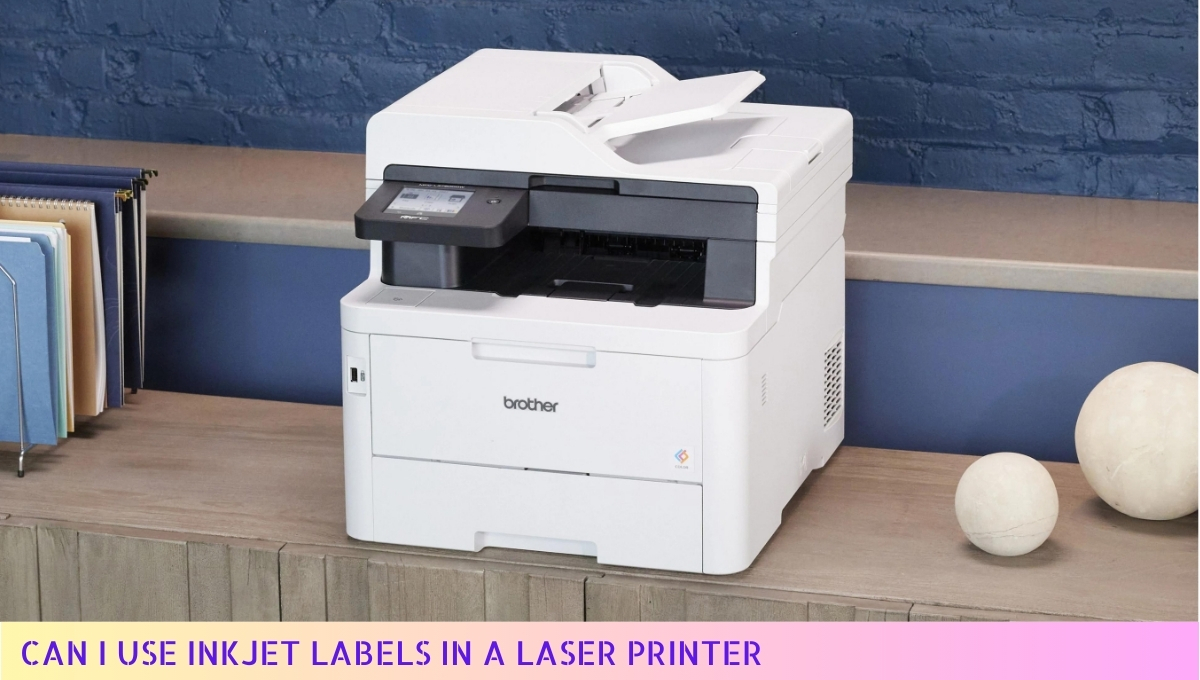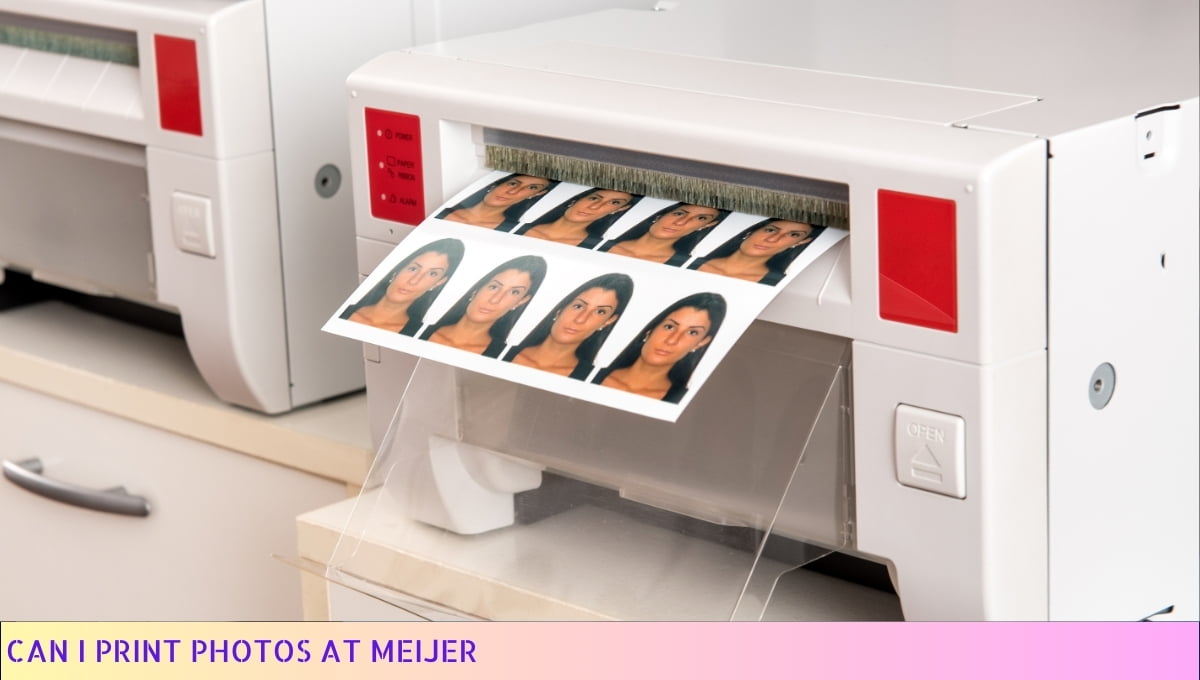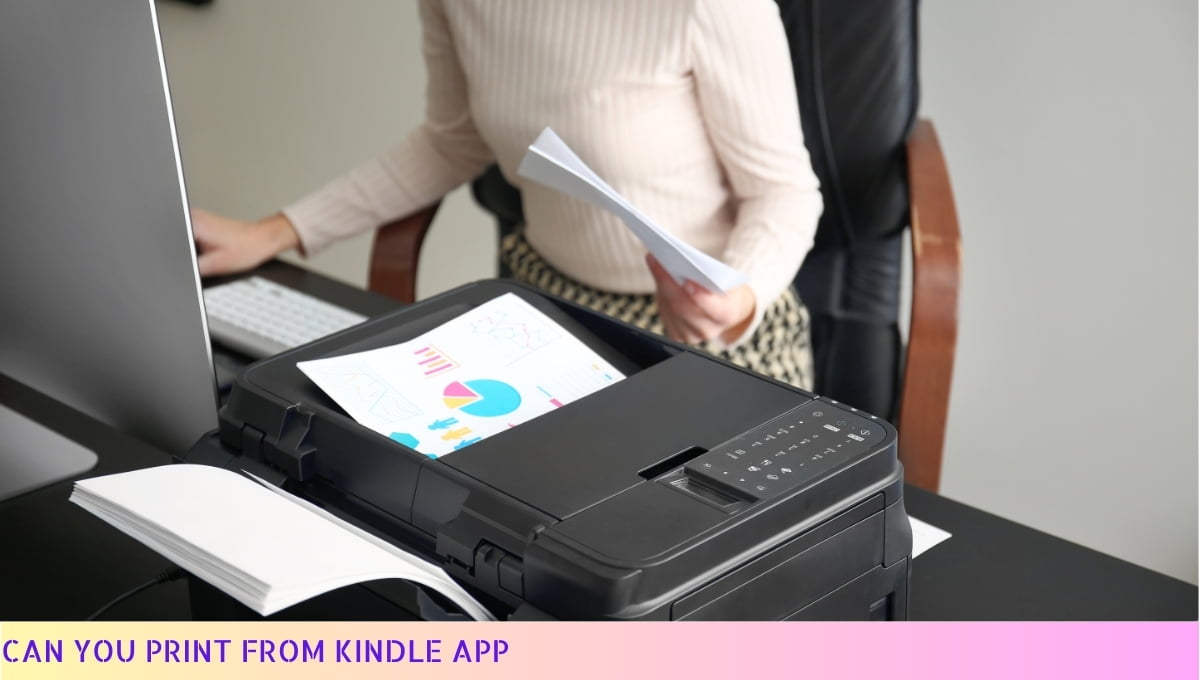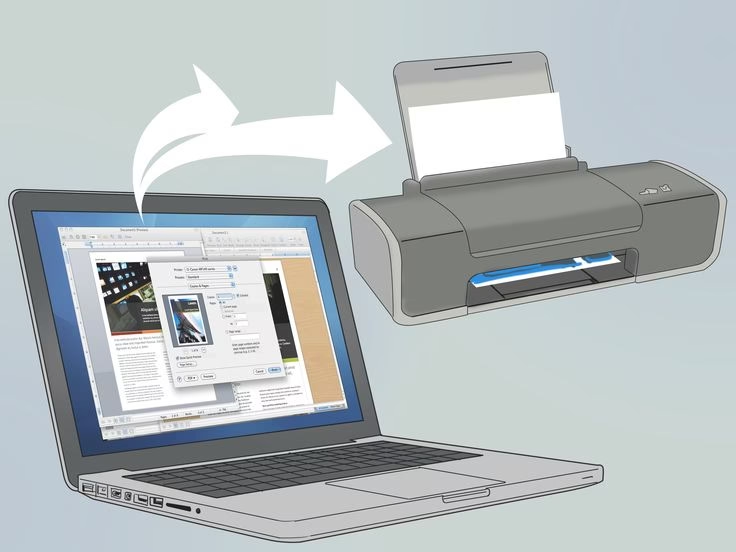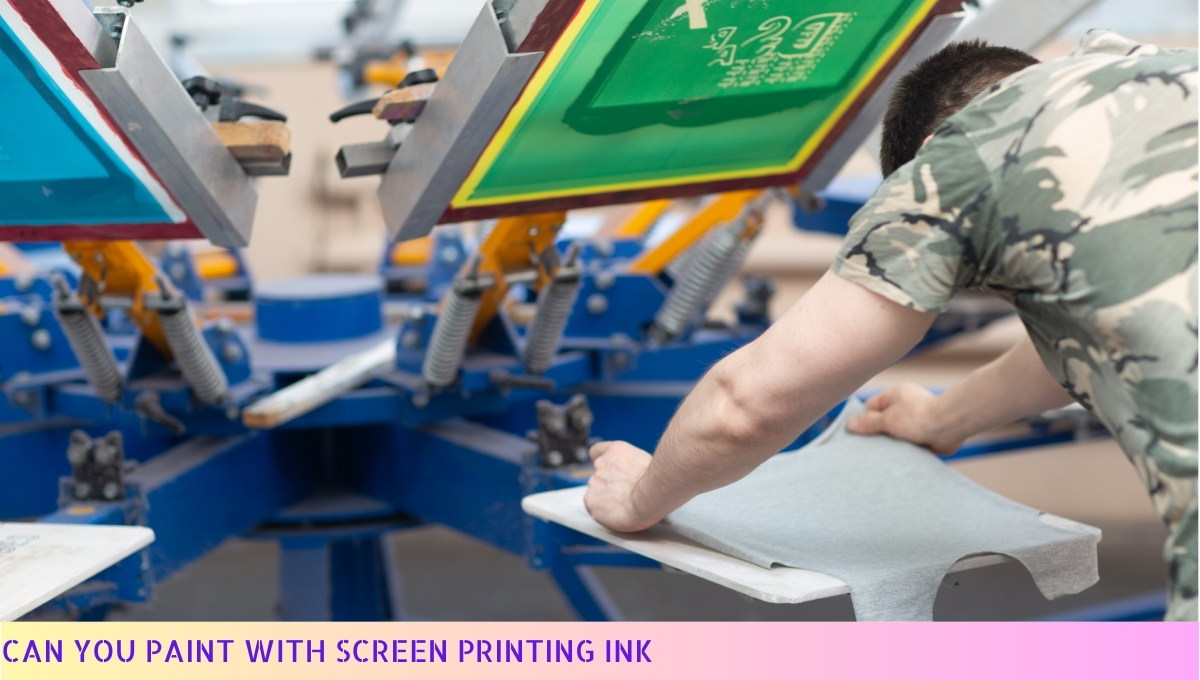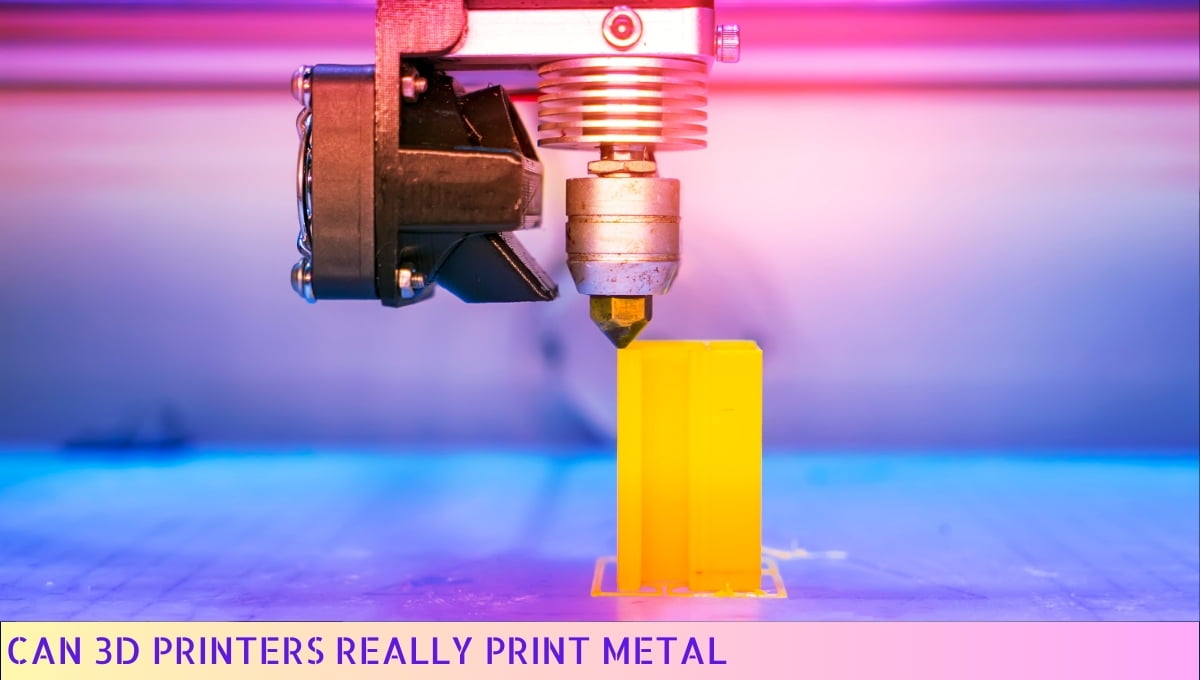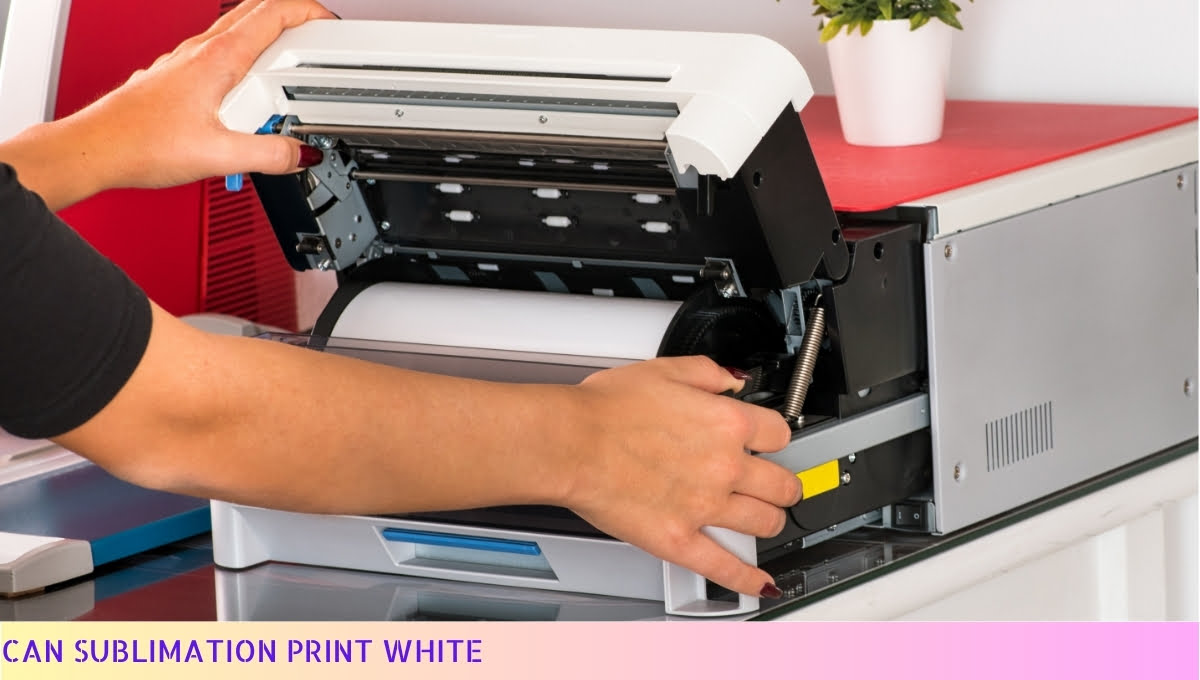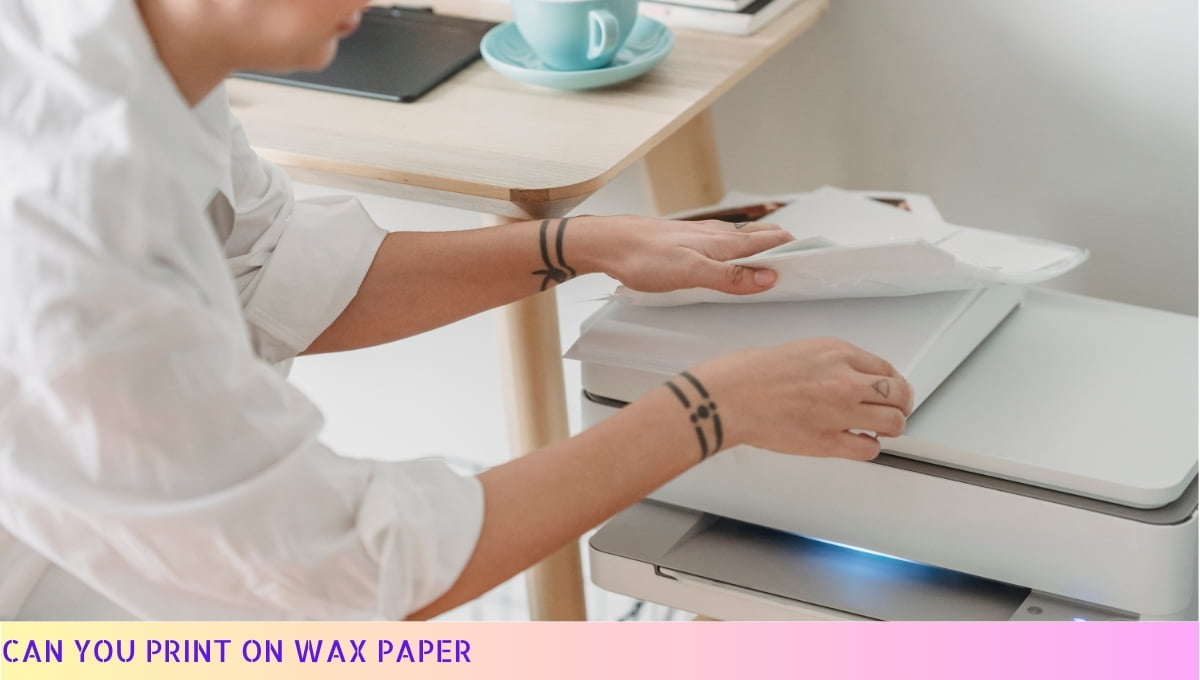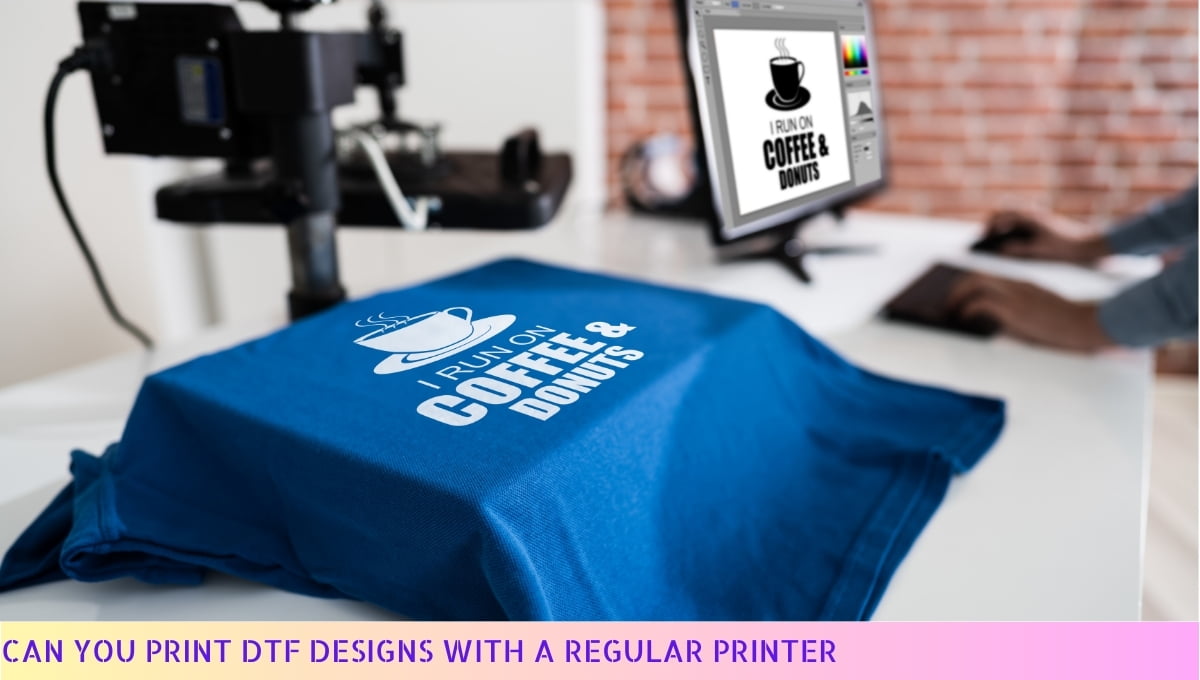Using inkjet labels in a laser printer is not recommended.
Inkjet labels are typically designed to withstand the lower temperatures of inkjet printing, while laser printers use high heat to fuse toner to paper.
This can cause the adhesive on inkjet labels to melt or warp, leading to printing issues or damage to your printer. For best results, always use labels specifically designed for laser printers to ensure optimal performance and quality.
Differences between Inkjet and Laser Printers
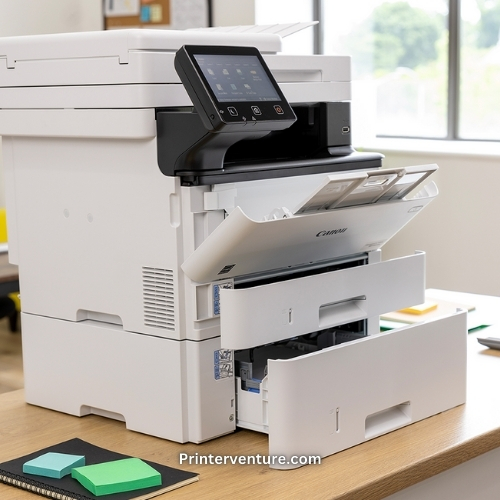
As someone who has explored the world of printers, I understand the confusion surrounding inkjet and laser printers. Let’s break down their differences to help you choose the right one for your needs.
Print Technology
The primary distinction between inkjet and laser printers lies in their print technology. Inkjet printers utilize liquid ink that is sprayed onto paper through tiny nozzles.
This method allows for vibrant colors and fine details, making inkjet printers ideal for photographs and graphics.
On the other hand, laser printers operate using a dry powder known as toner. A laser beam creates an electrostatic image on a rotating drum, which then attracts the toner.
This process allows for faster printing speeds and sharper text, making laser printers a popular choice for business documents.
Print Quality
When it comes to print quality, each type of printer has its strengths:
- Inkjet Printers: Excellent for color prints, images, and gradients. Ideal for printing photographs and creative projects.
- Laser Printers: Superior for text documents. Produces crisp, clear text and is less likely to smudge.
Speed and Efficiency
In terms of speed and efficiency, laser printers generally outpace inkjet models. Here are some points to consider:
- Inkjet Printers: Slower print speeds, especially for high-quality color prints.
- Laser Printers: Fast printing capabilities, making them ideal for high-volume printing tasks.
Cost of Operation
The cost of operation is another critical factor. Inkjet printers usually have a lower initial purchase price, but the cost of ink can add up over time.
In contrast, laser printers have a higher upfront cost, but toner cartridges tend to last longer, making them more economical in the long run.
Maintenance and Longevity
When it comes to maintenance, both types of printers have their requirements:
- Inkjet Printers: Require regular use to prevent the ink from drying out and clogging the nozzles. Maintenance can include cleaning cycles and replacing cartridges frequently.
- Laser Printers: Generally require less frequent maintenance. However, you might need to replace the drum and toner cartridges periodically.
Size and Design
In terms of size and design, inkjet printers tend to be more compact, making them suitable for home offices or small spaces. Laser printers, while often larger, offer more robust features and can handle larger print jobs.
Environmental Impact
Considering the environmental impact, inkjet printers typically use less energy and produce less waste, as they don’t require the same heating elements as laser printers. However, the disposal of ink cartridges can be a concern.
Laser printers, while more energy-intensive, often have longer lifespans and produce less waste over time due to their durability.
Final Thoughts
Choosing between inkjet and laser printers ultimately depends on your specific needs. If you prioritize vibrant color prints and photo quality, an inkjet printer may be the best option.
However, if you require fast printing speeds and crisp text, a laser printer is likely the better choice. Understanding these differences will help you make an informed decision tailored to your printing requirements.
Compatibility of Inkjet Labels with Laser Printers
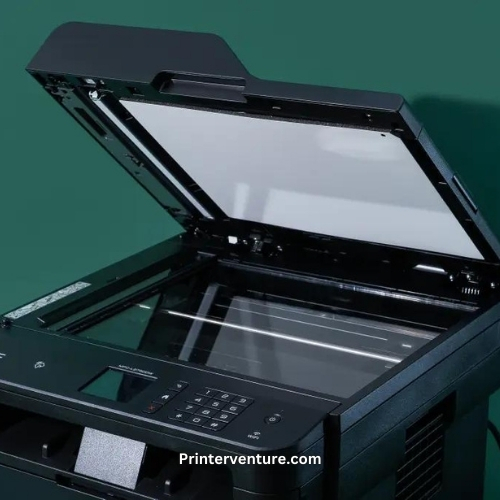
As I explore the world of printing, I often come across questions about the compatibility of inkjet labels with laser printers. Understanding this compatibility is essential for achieving the best results in your printing projects.
Understanding Label Types
When it comes to labels, the type of printer you use significantly affects the quality and performance of your prints. Inkjet labels are designed specifically for inkjet printers, which utilize liquid ink. Laser printers, on the other hand, work with toner, which is a fine powder. This fundamental difference in technology raises questions about whether inkjet labels can be effectively used in laser printers.
Compatibility Considerations
While some users may attempt to use inkjet labels in a laser printer, it is crucial to consider several factors that influence compatibility:
- Material Composition: Inkjet labels are typically made from materials that absorb liquid ink. In contrast, laser printers use heat to fuse toner onto the label. This heat can cause the adhesive on inkjet labels to melt or warp, leading to printing issues.
- Coating Differences: Many inkjet labels have a coating that is optimized for liquid ink absorption. This coating may not respond well to the dry toner used in laser printers, potentially resulting in poor print quality.
- Label Thickness: Inkjet labels can vary in thickness. Thicker labels may not feed properly through a laser printer, leading to jams or misalignment during printing.
Potential Print Quality Issues
Using inkjet labels in a laser printer can lead to several print quality issues, including:
- Blurring or Smudging: The toner may not adhere properly to the surface of the inkjet label, causing images or text to appear blurry or smudged.
- Inconsistent Color: Colors may not appear as vibrant as intended, as the inkjet label may not be designed to handle the heat and pressure of a laser printer.
- Peeling or Lifting: The adhesive used in inkjet labels may not withstand the heat of a laser printer, leading to labels that peel or lift off the surface.
Manufacturer Recommendations
Most label manufacturers provide guidelines on the compatibility of their products with different types of printers. Here are some points to keep in mind:
- Check Product Labels: Always refer to the packaging or the manufacturer’s website for specific information about printer compatibility.
- Use Recommended Labels: If you plan to use a laser printer, choose labels specifically designed for laser printing to ensure optimal performance.
Personal Experience and Tips
From my experience, I have learned that attempting to use inkjet labels in a laser printer is often more trouble than it’s worth. If you are considering this route, here are a few tips I have gathered:
- Test with a Sample: Before committing to a large batch of labels, test a few samples to see how they perform in your laser printer.
- Adjust Printer Settings: If you decide to use inkjet labels, adjust your printer settings to accommodate thicker media. This may help reduce the chances of jams.
- Monitor for Jams: Keep an eye on the printer while it is running. If you notice any unusual sounds or signs of a jam, stop the printing immediately to prevent damage.
Conclusion on Compatibility
In summary, while it may be tempting to use inkjet labels in a laser printer, the risks often outweigh the potential benefits.
Understanding the compatibility issues can help you make informed decisions for your printing needs. Always prioritize using the right labels for your specific printer type to achieve the best results.
Potential Risks of Using Inkjet Labels in a Laser Printer

As someone who has navigated the complexities of printing, I understand the importance of using the right materials for your printer. When it comes to using inkjet labels in a laser printer, there are several risks to consider.
Understanding the Risks
Using inkjet labels in a laser printer might seem like a convenient option, but it can lead to several potential issues. Here are the key risks to keep in mind:
- Label Adhesive Melting: One of the most significant risks is that the heat generated by laser printers can cause the adhesive on inkjet labels to melt. This can lead to labels becoming misaligned, curling, or even sticking to the printer’s internal components, which can cause jams or other mechanical failures.
- Image Quality Issues: Inkjet labels are designed to absorb ink, not toner. When you use them in a laser printer, you may notice that the print quality suffers. The toner may not adhere properly, resulting in faded or smudged prints that do not meet your expectations.
- Potential for Printer Damage: In the worst-case scenario, using inkjet labels can cause damage to your laser printer. If labels become stuck in the printer, they can lead to costly repairs or even the need to replace the entire unit.
- Incompatibility with Print Settings: Laser printers operate under different conditions than inkjet printers. The settings optimized for laser printing may not work well with inkjet labels, leading to issues such as poor alignment and uneven printing.
- Increased Maintenance: If you choose to use inkjet labels in a laser printer, you may find yourself performing more frequent maintenance. This can include cleaning the printer to remove any adhesive residue or dealing with paper jams caused by the labels.
Examples of Potential Damage
To illustrate the risks, consider the following scenarios:
Label Melting: I once had a client who decided to use inkjet labels in their laser printer to save time. After a few prints, they noticed that the labels were not adhering properly, and the adhesive had melted, causing a jam. They had to spend hours cleaning the printer and replacing damaged parts.
Faded Prints: Another time, I printed address labels using inkjet labels in a laser printer. The results were disappointing; the toner barely stuck, and the labels looked unprofessional. This was not only a waste of time but also money.
What to Watch For
If you decide to use inkjet labels in your laser printer despite the risks, be aware of the following warning signs:
Paper Jams: Frequent paper jams can indicate that the labels are not compatible with your printer.
Uneven Printing: If you notice that the toner is not adhering evenly, it’s a sign that the labels are not suitable for laser printing.
Strange Noises: Unusual sounds coming from your printer can indicate that something is wrong, possibly due to labels getting stuck.
Preventative Measures
If you still want to experiment with using inkjet labels in your laser printer, consider taking some preventative measures to mitigate risks:
Test with a Few Labels: Before committing to a large print job, test a small batch of labels to see how they perform.
Monitor Your Printer: Keep a close eye on your printer during the printing process. If you notice any issues, stop immediately to prevent further damage.
Use the Right Settings: Adjust your printer settings to accommodate the type of labels you are using, even if they are not specifically designed for laser printing.
By understanding the potential risks and taking precautions, you can make an informed decision about whether to use inkjet labels in your laser printer.
Just remember, while it may save you time and money in the short term, the long-term consequences could outweigh the benefits.
Tips for Using Inkjet Labels in a Laser Printer
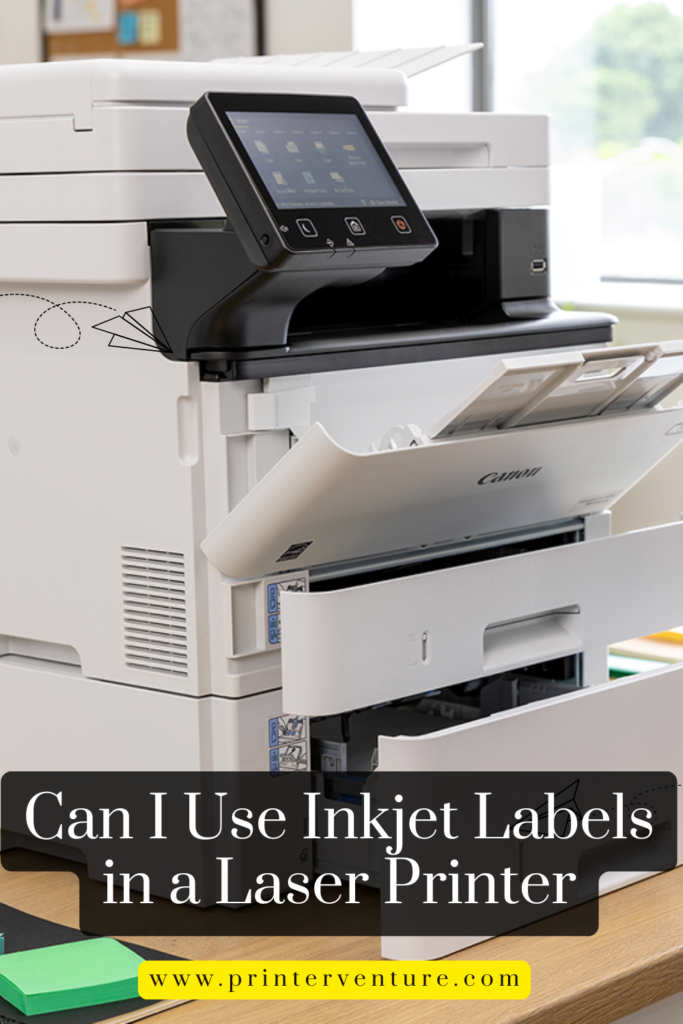
As someone who frequently works with printers, I understand the challenges that can arise when using the wrong type of labels. Here are some practical tips to help you successfully use inkjet labels in a laser printer.
Understand the Label Specifications
Before you attempt to use inkjet labels in your laser printer, it’s crucial to understand the specifications of both the labels and the printer. Here are some aspects to consider:
- Material: Inkjet labels are often made from materials that are not designed to withstand the high heat of a laser printer. Make sure to check if your labels can handle the temperature.
- Adhesive: The adhesive used in inkjet labels may not be suitable for the laser printing process, which could lead to issues like smudging or peeling.
- Coating: Inkjet labels have a specific coating designed for ink absorption. This coating can melt or degrade in a laser printer, resulting in poor print quality.
Test a Small Batch First
Before committing to printing a large batch of labels, it’s wise to test a small quantity. This can save you time and resources. Here’s how you can do it:
- Print a Test Page: Use a single label to check how well it adheres and prints. Look for any signs of smudging or distortion.
- Monitor the Printer: Keep an eye on your printer during the test. Listen for unusual noises or watch for labels that may become jammed.
- Check Quality: Once printed, inspect the label for clarity and color accuracy. If it doesn’t meet your standards, consider switching to laser-compatible labels.
Adjust Printer Settings
Sometimes, adjusting your printer settings can make a significant difference in how inkjet labels perform. Here are some tips:
- Paper Type: Set your printer to a different paper type that may accommodate the label better. Some printers have settings for “heavy paper” or “labels” that can help.
- Print Speed: Slowing down the print speed may improve the quality of the print and reduce the risk of labels getting jammed.
- Temperature Settings: If your printer allows for temperature adjustments, lower the heat settings to prevent the label from melting.
Use High-Quality Inkjet Labels
Not all inkjet labels are created equal. If you decide to use them in a laser printer, opt for high-quality labels. Here’s what to look for:
- Brand Reputation: Choose labels from reputable brands known for their quality and compatibility with various printers.
- Material Composition: Look for labels that explicitly state they are compatible with laser printers, even if they are primarily designed for inkjet use.
- Reviews: Check online reviews and forums for user experiences with specific labels in laser printers.
Be Prepared for Possible Issues
Even with all precautions, using inkjet labels in a laser printer may lead to some issues. Here are a few to keep in mind:
- Print Quality: Be prepared for potential print quality issues. The text may not be as crisp, or colors may not appear as vibrant.
- Label Adhesion: After printing, check how well the labels adhere to surfaces. Poor adhesion can lead to peeling or bubbling.
- Printer Damage: Continuous use of incompatible labels can damage your printer over time. Always monitor your printer’s performance closely.
Consider Alternative Solutions
If you find that using inkjet labels in your laser printer isn’t yielding satisfactory results, consider these alternatives:
- Purchase Laser-Compatible Labels: This is the safest option. Laser-compatible labels are designed to withstand the heat and pressure of laser printing.
- Use a Different Printer: If you frequently need to print labels, consider investing in an inkjet printer specifically for that purpose.
- Consult Manufacturer Guidelines: Always check your printer’s manual or the label manufacturer’s recommendations for best practices.
By following these tips, you can minimize the risks associated with using inkjet labels in your laser printer and achieve the best possible results.
Remember, your printer is an investment, so taking care of it is essential for longevity and performance.
FAQs: Can I Use Inkjet Labels in a Laser Printer?
If you’re wondering whether inkjet labels can be used in a laser printer, it’s important to understand the differences between the two types of printers and their compatible media.
1. Can I use inkjet labels in a laser printer?
No, inkjet labels are not suitable for laser printers. The heat from laser printers can cause the adhesive on inkjet labels to melt, leading to printer damage and poor print quality.
2. What happens if I use inkjet labels in a laser printer?
Using inkjet labels in a laser printer can result in smudged prints, labels peeling off, and potential damage to the printer due to melted adhesive. It’s best to use labels designed specifically for laser printers.
3. How can I tell if a label is suitable for laser printers?
Labels designed for laser printers typically specify compatibility on the packaging. Look for phrases like “laser compatible” or “for laser printers” to ensure proper use.
4. Can I print on regular paper with a laser printer?
Yes, you can print on regular paper with a laser printer. However, using specialized label paper will provide better results for label printing.
5. Are there any inkjet labels that can work with laser printers?
Generally, there are no inkjet labels that are compatible with laser printers. It’s advisable to purchase labels specifically designed for laser printing to avoid issues.
6. What type of labels should I use for a laser printer?
Look for labels that are labeled as “laser printer compatible.” These labels are designed to withstand the heat and pressure of the laser printing process.
7. Can I use photo paper in a laser printer?
While some photo papers may be compatible with laser printers, it’s important to check the manufacturer’s guidelines. Not all photo papers are suitable for laser printing.
8. What are the risks of using the wrong labels in a laser printer?
Using the wrong labels can lead to print quality issues, such as smudging and peeling. Additionally, it can cause jams or damage to the printer, resulting in costly repairs.
9. How do I know if my printer can handle different label types?
Refer to your printer’s user manual or the manufacturer’s website for specific information about compatible media types, including labels, to ensure proper usage.
10. Where can I buy laser printer-compatible labels?
You can find laser printer-compatible labels at office supply stores, online retailers, or directly from label manufacturers. Always check the packaging for compatibility details.
Wrap Up
Using inkjet labels in a laser printer can lead to frustrating results, as the heat and pressure from laser printing may cause the labels to warp or peel.
It’s essential to choose labels specifically designed for laser printers to ensure optimal performance and quality. Always check the packaging for compatibility to avoid any mishaps during printing.
If you find yourself needing versatile labeling solutions, investing in laser-compatible labels is a smart choice. This ensures that your projects look professional and polished, while also saving you time and effort in the long run.
Thank you for taking the time to read this article! If you found this information helpful, feel free to share it with friends and revisit our website for more insights. Your support means a lot! 😊

